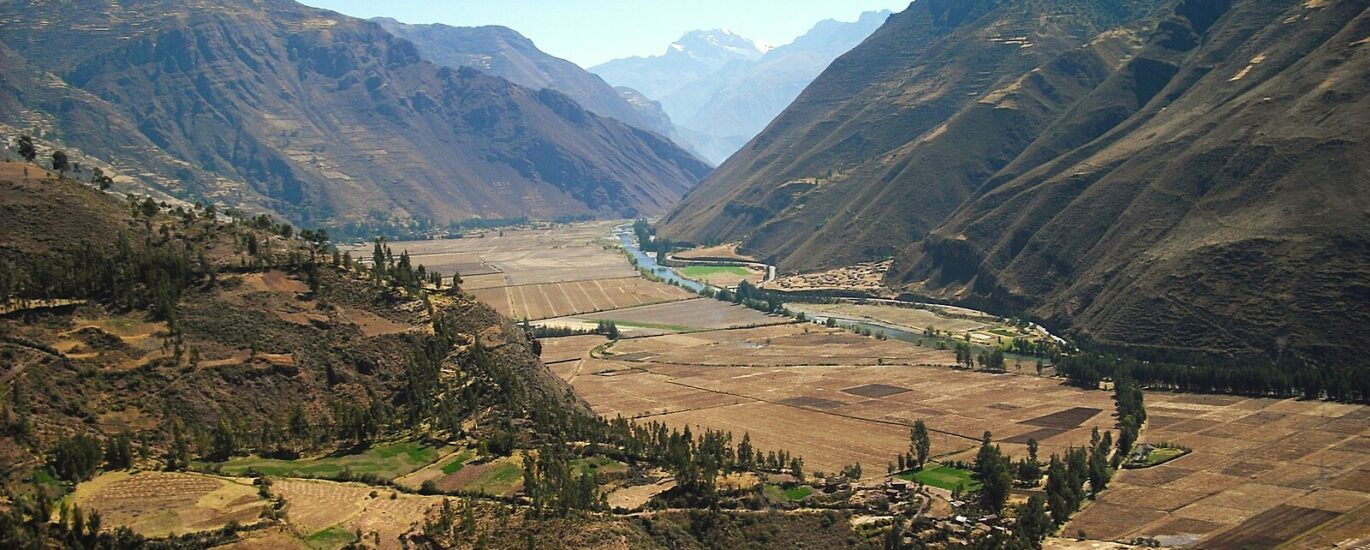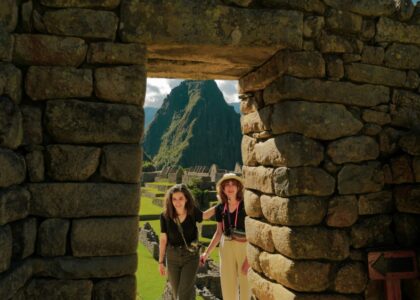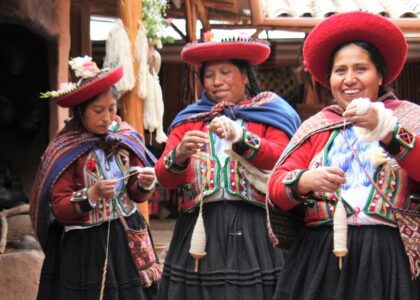The Heartbeat of the Sacred Valley
The Sacred Valley isn’t just about ancient ruins and breathtaking landscapes — it’s alive with vibrant markets that have pulsed with color, culture, and commerce for centuries.
In these markets, you’ll find more than souvenirs:
You’ll find stories woven into textiles, traditions carved into gourds, and history echoing from every handmade item.
Here’s your ultimate guide to the best markets in Peru’s Sacred Valley — from Pisac to Chinchero to Urubamba and beyond.
Why Visit the Sacred Valley’s Markets?
Cultural Immersion: See daily life unfold — farmers trading, artisans crafting, kids running through stalls
Authentic Souvenirs: Handmade alpaca goods, silver jewelry, pottery, and weavings
Support Local Communities: Your purchases empower small artisans and indigenous families
Experience Ancient Trade Traditions: Many markets date back to Inca and pre-Inca times
Top Markets to Explore
1. Pisac Market: The Iconic Experience
Location: Pisac Town, 45 minutes from Cusco
Best Days: Sunday (biggest), Tuesday and Thursday (smaller)
Highlights:
- Giant Sunday market blending tourist crafts with authentic local trade
- Stunning selection of alpaca textiles, silver jewelry, ceramics, and paintings
- Farmers’ section with colorful displays of corn, potatoes, and quinoa
Tip: Haggle respectfully — it’s part of the experience!
2. Chinchero Market: A Living Textile Museum
Location: Chinchero Town, about 30 minutes from Cusco
Best Day: Sunday (traditional barter day)
Highlights:
- Live weaving demonstrations with natural dyes and traditional looms
- Textiles with authentic Chinchero patterns
- Intimate and less crowded than Pisac
Tip: Buy directly from women artisans and ask them about the stories behind the patterns
3. Urubamba Market: The Local’s Market
Location: Urubamba City, heart of the Sacred Valley
Best Days: Daily (most vibrant on Wednesdays)
Highlights:
- Less touristy, more authentic local experience
- Huge produce section with fruits, vegetables, and jungle goods
- Some crafts, especially midweek
Tip: Grab fresh juice or choclo con queso while you wander
4. Ollantaytambo Market: Small but Strategic
Location: Plaza de Armas, Ollantaytambo
Best Days: Daily
Highlights:
- Great stop before or after visiting the Ollantaytambo ruins
- Smaller variety, but well-priced crafts
- Lightweight souvenirs perfect for travel
Tip: Pick up a hand-carved flute or mini textile — easy to pack and full of meaning
Best Items to Buy in the Sacred Valley Markets
- Alpaca Wool Goods: Sweaters, scarves, hats — look for baby alpaca
- Handwoven Textiles: Runners, blankets, wall art
- Silver Jewelry: Especially in Pisac
- Ceramics: Painted bowls, plates, and mugs
- Carved Gourds: Traditional calabash carvings
- Natural Products: Coca tea, herbal blends, Andean pink salt
Tips for Navigating the Markets
- Cash is King: Most vendors don’t accept cards. Bring small soles.
- Start Early: Mornings offer better variety and fewer crowds
- Haggle Gently: Negotiating is fine — just be respectful
- Inspect Quality: Especially textiles and ceramics
- Ask Questions: It builds connection and adds meaning to your purchase
Market Days Summary
| Town | Best Market Day | Vibe |
|---|---|---|
| Pisac | Sunday | Big, colorful |
| Chinchero | Sunday | Traditional |
| Urubamba | Wednesday | Local flavor |
| Ollantaytambo | Daily | Casual, convenient |
Final Thoughts: Where Culture and Craft Meet
The Sacred Valley’s markets are more than places to shop.
They are places to connect — with artisans, with history, and with the living culture of the Andes.
Each scarf you touch, each necklace you admire, each bag of salt you carry home — they all carry stories centuries in the making.
Pack a little extra room in your suitcase.
You’ll return with more than just beautiful crafts — you’ll carry home a piece of Peru’s heart.
Want to experience these markets for yourself?
At Explorify Expeditions, we’ll take you deep into the Sacred Valley, with custom-designed trips that celebrate culture, craftsmanship, and connection.
📩 Contact us today to start planning your journey through Peru’s most colorful traditions.






